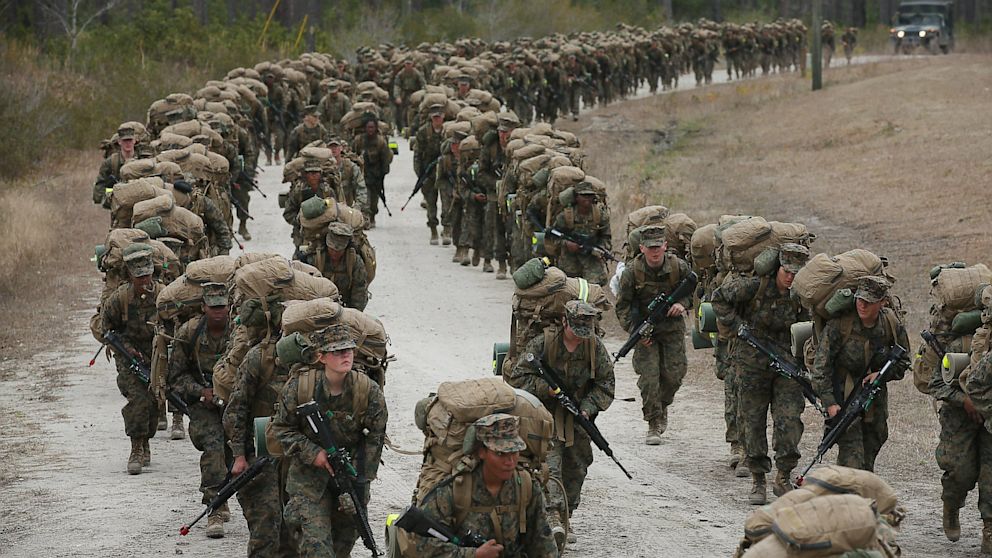Here’s What Most Research On Traumatic Brain Injuries Leaves Out
Looking at aggregate data masks a key issue.

Oct. 08, 2013— -- There’s a problem with a lot of the current research on traumatic brain injuries and their impact on war veterans. It masks the distinct impact such injuries can have on women.
Traumatic brain injuries are blows to the head that can come from an improvised explosive device or even just a fall on the job, and they’ve been widely studied. Until now, though, most studies have looked at general data on all veterans who suffer them. But most veterans are men and information take from the small number of female soldiers is typically drowned out.
That matters in a big way.
Dr. Odette Harris, an associate professor of Neurosurgery at the Stanford University School of Medicine, found that using aggregate data to map brain injuries has veiled a key fact. Men and women can suffer different consequences from traumatic brain injuries.
But we’re treating people using techniques informed by data that primarily reflects how men suffer.
Stanford graduate student Karen Powroznik noted some of the differences in a post for The Clayman Institute for Gender Research:
“Women from Harris’s study exhibited severe symptoms at higher rates than the general population of veterans with TBI,” she wrote. “Women are more likely to suffer from post-traumatic stress disorder, cognitive disorders and impairments, depression, anxiety, and substance abuse than the average male veteran with TBI, according to Harris. Women are also more likely to suffer from chronic pain, neurological and neurobehavioral problems, and sleep disorders. These difficulties interfere with reintegration into civilian society and lead to higher rates of unemployment and homelessness among injured women veterans.”
The findings might sound depressing, but studying women who suffer traumatic brain injuries specifically could also have powerful implications for how those women are treated and counseled.
Harris said during a recent interview with Fusion that it’s “not a given” that there will be differences in how all men and women suffer, but that people crafting policy need to consider the possibility.
Right now, injured female veterans have higher rates of unemployment and homelessness, Powroznik noted, and they’re also more likely to be single parents and to have the added burden of gender-related harassment and sexual assault, which come with their own stress and trauma.
But with this new information, policymakers might be able to counter some of those trends.
The research has already gained attention from government officials and has been presented at several symposiums.
Ultimately, Harris hopes her work will encourage people to look at subgroups within veterans. Traumatic brain injuries are not going away. They are a part of military life. Period. But this new research could positively inform the way we respond to them, especially when it comes to helping female veterans.




